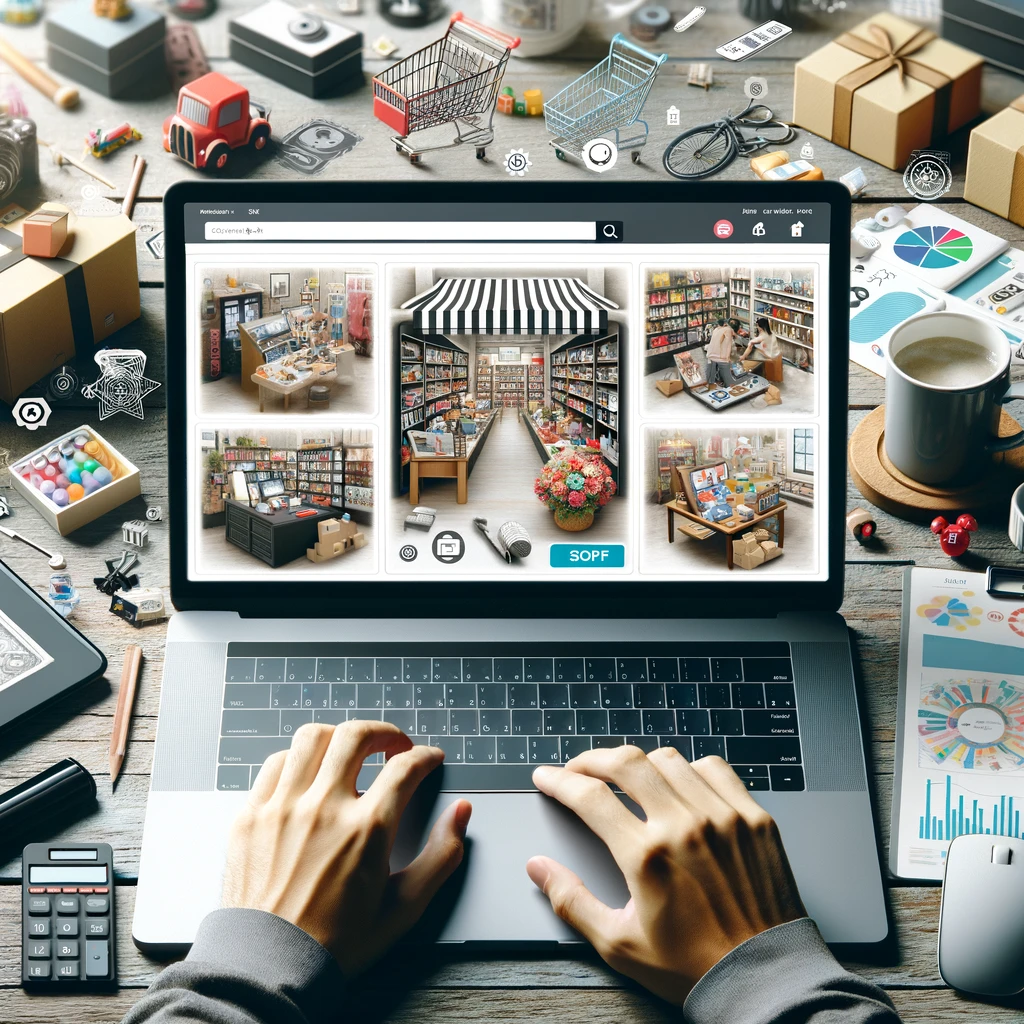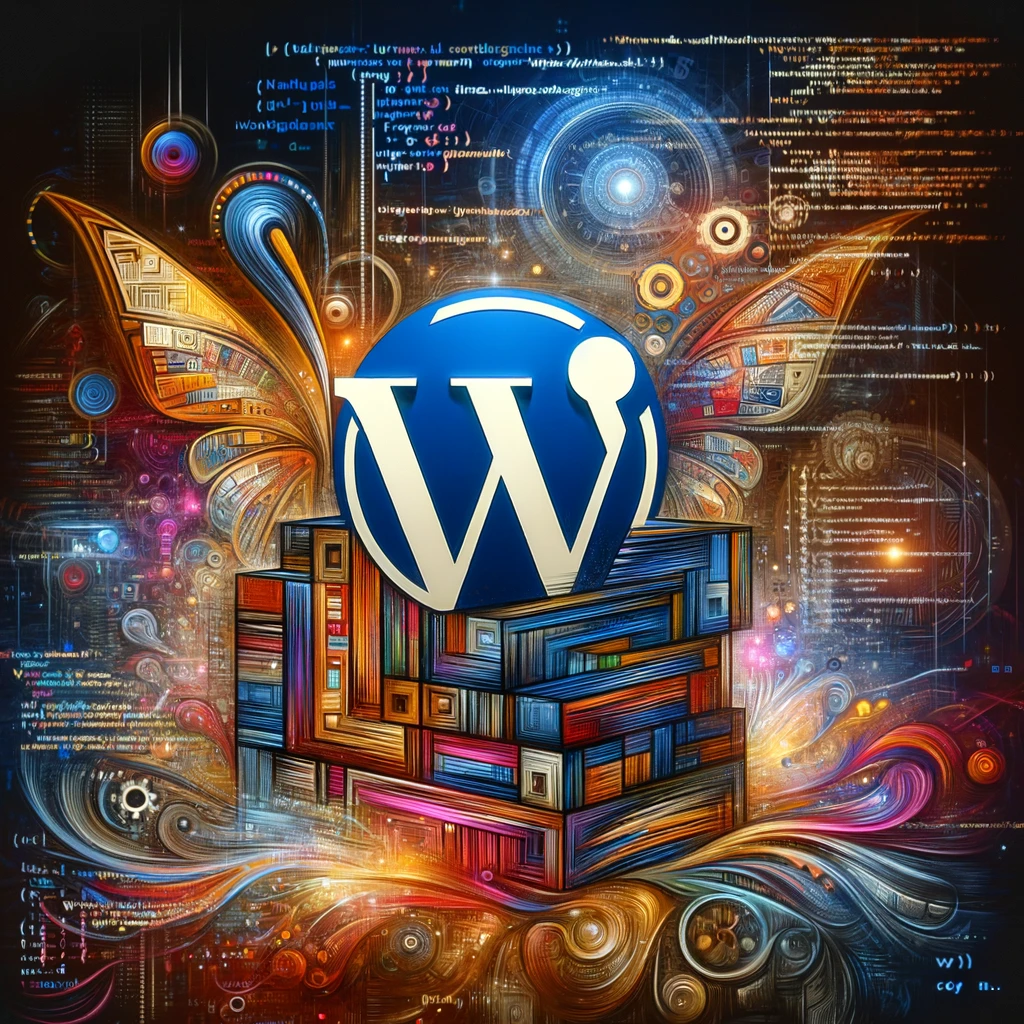Reading time: 5 minutes.
The healthcare industry’s rapid embrace of technology reflects a commitment to improving patient care, optimizing data management, and streamlining administrative processes. At the heart of this technological revolution is the development of the healthcare application, a sector that has seen significant growth and innovation. These applications vary widely in their objectives and functionalities, from patient management systems and appointment scheduling tools to comprehensive health record databases and advanced telemedicine services.
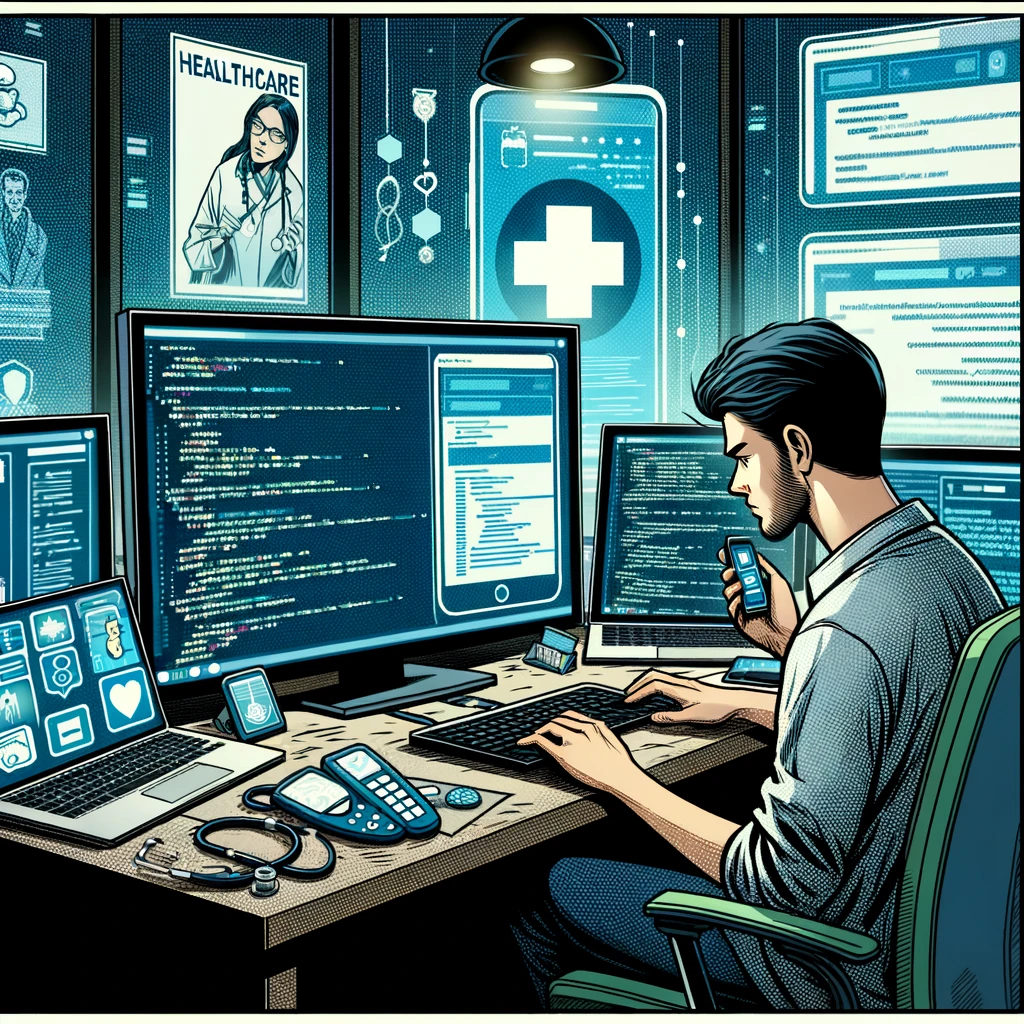
However, amidst this diversity, a crucial question arises: what constitutes the ideal design for a healthcare application? The answer is multifaceted, entailing not only the integration of cutting-edge technology but also a deep understanding of the needs and challenges specific to healthcare. In this post, we delve into various critical elements that contribute to the perfect design of a healthcare app, balancing functionality, user-friendliness, security, and regulatory compliance to meet the diverse needs of patients and healthcare providers alike.
Understanding the Healthcare Application Landscape
Before diving into the intricacies of designing an ideal healthcare application, it’s imperative to grasp the unique and complex landscape of the healthcare industry. This sector is characterized by its multifaceted challenges: it handles highly sensitive patient data, must comply with stringent regulatory requirements, and faces the critical need for rapid, accurate information dissemination and retrieval. Healthcare providers, administrators, and patients interact in a dynamic environment where efficiency, confidentiality, and accessibility are paramount.
Furthermore, the healthcare industry is in a state of constant evolution, driven by technological advancements, changing patient demographics, and shifting policy landscapes. Any application developed for this sector must be versatile and robust enough to address these diverse challenges effectively. By understanding these unique aspects, developers and designers can create healthcare applications that not only comply with necessary regulations but also enhance the quality of patient care and streamline healthcare processes, thereby fulfilling the critical demands of this ever-evolving industry.
User-Centric Design for Healthcare Application
The ideal healthcare application should focus on user-centric design. This means the app should be intuitive, easy to navigate, and cater to the needs of its primary users, whether they’re patients, doctors, or administrative staff. The design should simplify complex processes, making information easily accessible.
For Patients:
- Ease of Use: The app should have a simple, clean interface that allows patients to easily schedule appointments, access their medical records, and communicate with healthcare providers.
- Accessibility: Features like adjustable text size and voice commands can make the app more accessible to users with disabilities.
- Engagement: Incorporating elements such as health trackers and interactive educational content can engage patients in their health journey.
For Healthcare Providers:
- Efficiency: The app should streamline tasks like patient record management, prescription ordering, and appointment scheduling.
- Communication: Features that facilitate secure communication between healthcare providers and patients, as well as among medical professionals, are essential.
- Data Management: The ability to easily input, access, and analyze patient data can significantly improve patient care.
Security and Compliance for a Healthcare Application
In the realm of healthcare applications, the paramount importance of security and compliance cannot be overstated. Dealing with sensitive patient data mandates strict adherence to privacy laws and regulations like HIPAA in the United States and GDPR in Europe. These frameworks set the standard for how personal health information should be protected and managed.
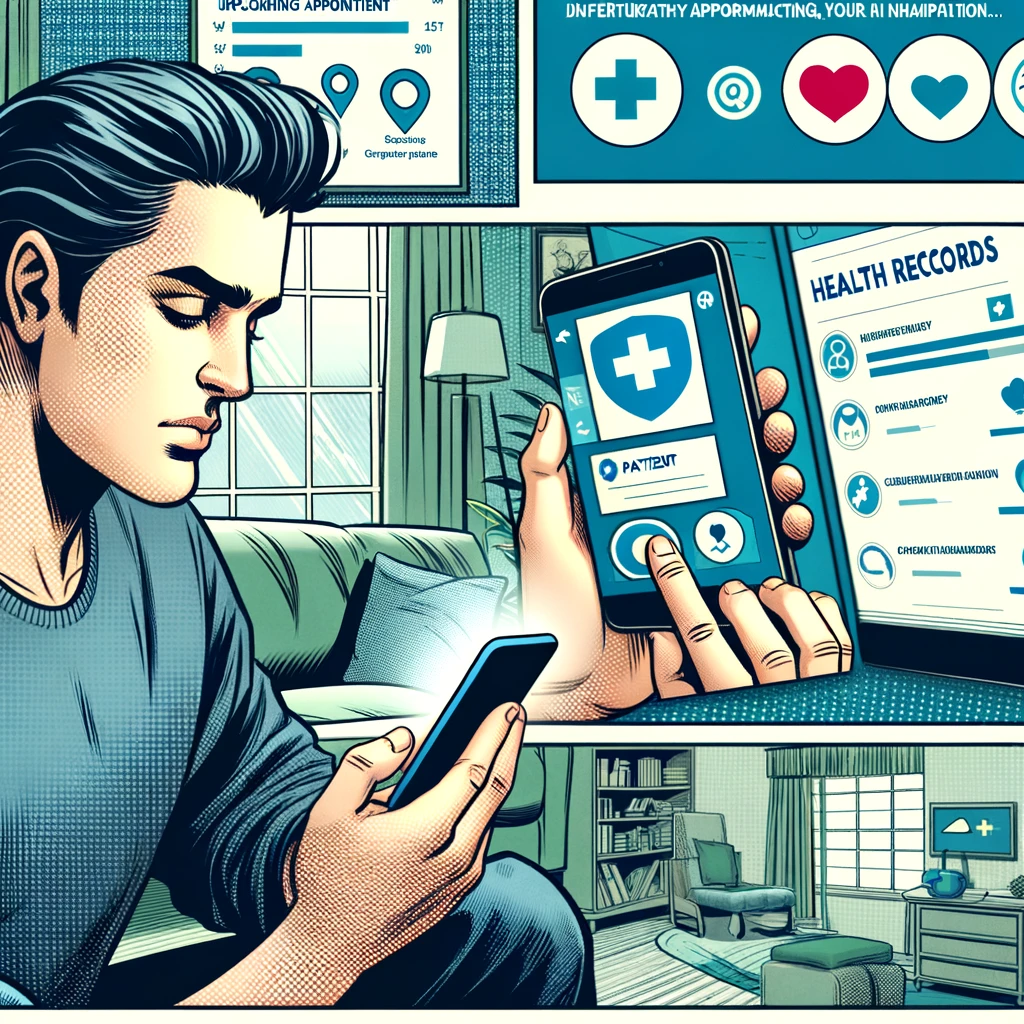
To ensure compliance, healthcare applications must incorporate robust security measures such as end-to-end data encryption, secure user authentication processes, and regular security audits and updates. Furthermore, developers must stay abreast of any changes in legislation to continuously uphold these high standards. The security features must safeguard against breaches, ensuring patient trust and legal compliance, which are both vital for the application’s credibility and widespread adoption.
Interoperability
The app should be able to seamlessly integrate with existing healthcare systems and databases. This interoperability is vital for the efficient exchange and update of patient information across different platforms and institutions.
Customizability and Scalability
Healthcare applications should be customizable to accommodate the specific needs of different healthcare providers. They should also be scalable, allowing for expansion as the user base grows or as more features are required.
Responsive Design
With users accessing applications from various devices, including smartphones, tablets, and desktop computers, a responsive design that adjusts to different screen sizes and platforms is essential.
Consistent and Reliable Performance
In the realm of healthcare applications, consistent and reliable performance is not just an added benefit; it’s a fundamental necessity. Given the critical nature of healthcare services, an app that frequently crashes, suffers from slow performance, or experiences downtime can have serious consequences, potentially impacting patient care and treatment outcomes.
Therefore, the ideal healthcare app must be designed for high reliability, ensuring that it functions smoothly around the clock. This reliability translates into quicker access to patient data, efficient management of appointments, and timely communication between patients and healthcare providers. Regular maintenance, thorough testing, and robust back-end support are essential to guarantee that the app remains functional, secure, and efficient at all times, thus playing a pivotal role in the seamless operation of healthcare services.
Incorporating AI and Machine Learning in a Healthcare Application
The integration of AI and machine learning can take a healthcare app to the next level. These technologies can aid in predictive analytics, personalized patient care, and even in diagnostic processes.
Telemedicine Capabilities
The advent of telemedicine has revolutionized the healthcare industry, particularly in the wake of the COVID-19 pandemic, which dramatically accelerated its adoption and normalization. In designing the ideal healthcare application, integrating robust telemedicine capabilities is no longer just an added feature but a necessity. This integration should offer seamless video consultations, enabling patients to connect with healthcare providers from the comfort of their homes.
Additionally, features like remote monitoring allow for continuous observation of patients with chronic conditions, while e-prescriptions facilitate the convenient dispatch and management of medications. These capabilities not only enhance patient access to healthcare services but also ensure continuity of care, which is particularly crucial in areas with limited medical facilities or during public health crises. The inclusion of telemedicine in healthcare apps represents a critical step towards more accessible, efficient, and patient-centered care.
Feedback Mechanisms
Incorporating feedback mechanisms allows for the continuous improvement of the app based on user experiences and needs.
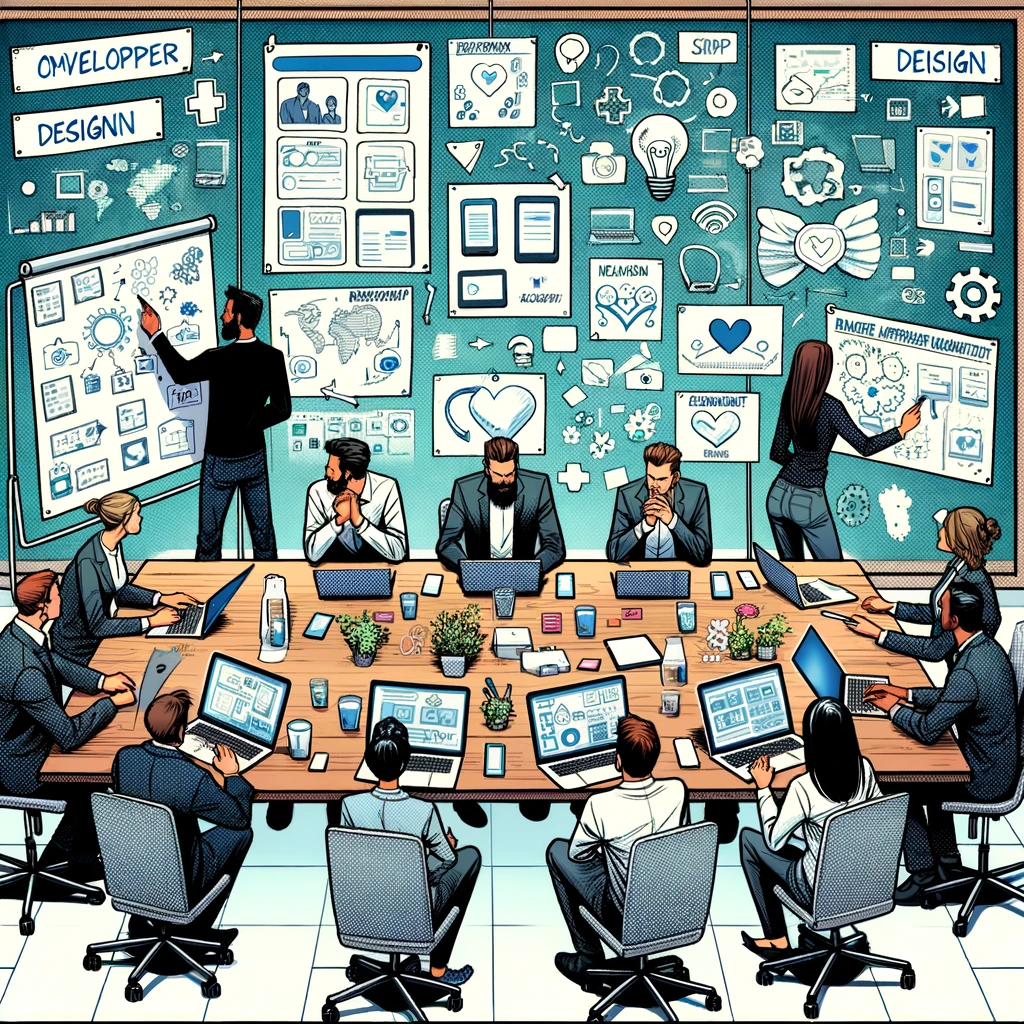
Regular Updates and Support
Ongoing support and regular updates ensure that the app stays relevant and functional, addressing any emerging issues or advancements in technology.
Conclusion
The ideal design for a healthcare application is one that blends functionality, security, user-friendliness, and innovation. It must respect and protect patient data while providing a seamless and efficient experience for both patients and healthcare providers. As technology continues to advance, the design of healthcare apps must evolve to meet the ever-changing needs of the healthcare industry, always with the aim of improving patient care and operational efficiency.

